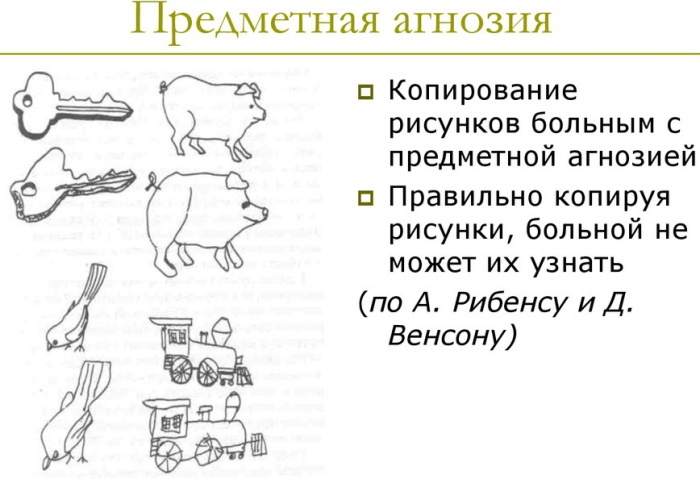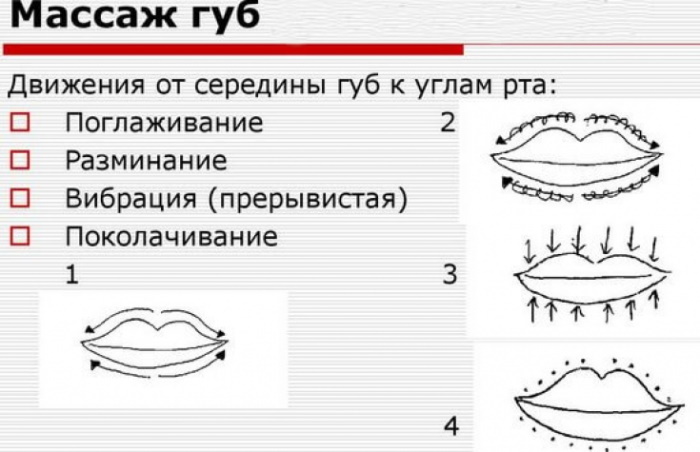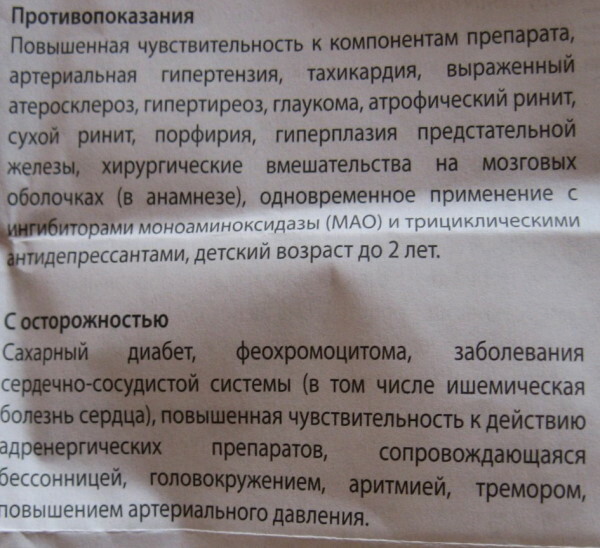reaction feature of the vascular wall - aseptic conditions (absence of the pathogen) and the primacy of severe allergic reactions. The disease is associated with increased thrombosis, impaired blood circulation in the tissues and internal organs, leading to the defeat of the kidneys, joints, digestive organs.
More prone kapillyarotoksikoz men to 20 years of age, children from 7 to 13 years. The incidence in these populations is between 14 and 24 per 10,000.
What it is?
Hemorrhagic vasculitis - rheumatic systemic disease characterized by chronic inflammation of the capillaries, arterioles and venules, nourishes the skin, joints, abdominal organs and kidneys. Another name for hemorrhagic vasculitis - disease-Henoch purpura.
Causes of
The causes of the disease is not well established. It is considered an autoimmune him. However, there was communication with the contributors to the pathological processes. These include:
- traumatic lesions of the skin and blood vessels;
- borne viral and bacterial infectious diseases, particular importance is attached to acute and chronic inflammation in upper respiratory tract (influenza, SARS, tonsillitis, sinusitis), Measles, frequent sore throat, chicken pox, typhus, streptococcal diseases;
- vaccination with routine vaccination, prophylactic use of immunoglobulins;
- food allergies;
- rearrangement organism in malignant and benign tumors;
- changes in women during pregnancy;
- effect of increased solar radiation doses (prolonged sunburn), temperature variations, radiation;
- allergic reactions to drugs (most antibiotics, antihypertensives and sedatives);
- in endocrine metabolic diseases (diabetes);
- genetic predisposition in the family.
- household and professional poisoning, poisoning;
- children - worm infestation;
- reaction to insect bites.
Hemorrhagic vasculitis in adults develops most often in the elderly, with a weak and compromised immunity.
Symptoms of hemorrhagic vasculitis, photos
Manifestations of the disease depend on which organs and they are covered by the system. Hemorrhagic vasculitis may declare itself with one or more groups of symptoms (see. Photo). The main ones are:
- skin lesions;
- joint damage;
- lesions of the gastrointestinal tract;
- nephritic syndrome;
- in rare cases - lung disease and nervous system.
Most characteristic is an acute onset of the disease accompanied by temperature rise to febrile digits. There may be cases when there is no temperature rise.
- Cutaneous syndrome (or purple) occurs in each patient. It is shown as a symmetrical or melkopyatnistoy maculopapular rash hemorrhagic localized mainly on the extensor surfaces of the lower (less upper) limb, around the large joints and buttocks. The rash may be represented by the unit cells, and can be intense, combined with angioedema. As a rule, recurrent rashes are undulating. At the expiring rash pigmentation remains. In the case of the frequent recurrence at the site of lesions occur peeling of the skin.
- Articular syndrome often occurs simultaneously with the skin, it is most typical for adults. Most often covered process large joints of the leg, the most rare - elbow and wrist. There have pain, redness and swelling. Typical for hemorrhagic vasculitis is the volatile nature of the articular lesions. In 25% of cases, migrating joint pain preceded by skin lesions. Articular syndrome, which for the duration rarely exceeds a week, sometimes combined with myalgia and edema of the lower extremities.
- In 2 \ 3 of patients have also abdominal syndrome. It is characterized by abdominal pain, spastic nature, nausea, vomiting, stomach bleeding. In this case, indeed life-threatening phenomenon observed only 5% of patients.
- Nephritic syndrome rarely observed (40 to 60% of cases) and does not develop immediately. It manifested as haematuria (selection of blood in the urine) of varying degrees of severity, in rare cases the development of glomerulonephritis (inflammation of the kidney) or hematuric nephrotic form. Glomerulonephritis often presents itself in the first year of the disease, rarely happens during the regular recurrence of hemorrhagic vasculitis or after the disappearance of all other manifestations of the disease.
In rare cases, there pulmonary complaints - bleeding, hemorrhage. Also rarely occur lesions of the nervous system - headaches, seizures may develop encephalopathy or polyneuropathy.
Hemorrhagic vasculitis in children
The symptoms of vasculitis in children, depending on their frequency of occurrence as follows:
- rash of papules and red spots - 100% of cases
- arthritis and joint pain - 82%
- abdominal pain - 63%
- renal disease (glomerulonephritis) - 5-15%.
Most often, recovery occurs spontaneously. Therefore, the disease is relatively benign in children, especially if they meet the rules of supply and elimination of possible causal factor started. After decrease inflammation risk of recurrence is greatest during the first 3 months, but may be later.
After recovery, should adhere to the principles for a year diet and avoid contact with allergens that penetrate through the respiratory tract.
Cutaneous syndrome in the clinical picture of vasculitis is leading. It is characterized by the following features:
- rash called purpura;
- its symmetry;
- purpura rises above the skin and well palpated;
- simultaneously with it may be red spots, pimples, vesicles which are characterized by itching;
- primary lesions on the feet, and later they spread to the thighs and buttocks;
- a few days later a rash of bright red turn brown and then fade and disappear;
- can sometimes remain pigmented lesions, which persist for a long time.
Development of glomerulonephritis usually occurs within a month of the onset of symptoms. Renal disease can flow with minimal symptoms or be inclined to the aggressive flow. Depending on this clinical and laboratory signs of glomerulonephritis is very diverse. They include:
- protein in the urine;
- swelling, sometimes very pronounced within the nephrotic syndrome, where protein loss in the urine may be as high as 3.5 grams per day;
- pain in the lumbar region;
- redness urine (hematuria) or only microscopic determined that it contains erythrocytes (microhematuria);
- transient increase in pressure.
Abdominal syndrome is a consequence of intestinal ischemia. In children, it is characterized by:
- nausea;
- vomiting;
- bloody appearance of streaks in the feces;
- diffuse pain throughout the abdomen for colic type;
- pain gets worse after a meal;
- diarrhea.
Abdominal form of hemorrhagic vasculitis reminiscent of "acute abdomen", traditionally requiring surgical intervention. However, when the disease is contraindicated because cause lesions in blood vessels. Ensure adequate drug therapy.
Articular hemorrhagic vasculitis syndrome with the typical features that distinguish it from articular syndrome in other diseases (osteorartroz, rheumatoid arthritis, gout). These include:
- the absence of joint destruction;
- the symmetry of the lesions;
- the absence of migration of pain;
- frequent damage the ankle and knee joints.
child with hemorrhagic vasculitis treatment should be started in the hospital. Usually it offered a three-week bed rest followed by the extension.
View photo.

[Fold]
How to put up a diagnosis of hemorrhagic vasculitis?
Henoch purpura disease-easy enough to expose patients with all three main symptoms.
There are small differences of the disease in children and adults.
In children:
- More than 30% of children develop fever.
- Characterized by acute onset and course of the disease.
- Abdominal syndrome accompanied liquid stools streaked with blood.
- Often in the process from the outset involved the kidneys, with the identification of urinalysis hematuria and proteinuria.
In adults:
- Onset erased symptoms milder.
- Abdominal syndrome occurs only 50% of patients and is rarely accompanied by nausea and vomiting.
- Kidney involvement leads to the development of chronic diffuse glomerulonephritis with formation of chronic renal failure.
Diagnostics
Diagnosis of the disease is carried out comprehensively. First of all, the doctor performs oral questioning, during which the patient finds the complaint, collects history. The following studies can be assigned in the future:
- Ultrasound of the abdomen and kidney.
- Determining the duration of bleeding.
- Holding the sleeve samples as well as samples and pinch the harness.
- The study of feces.
- Conducting of immunological studies, and blood biochemistry.
- Virological studies to detect hepatitis.
- Endoscopy of the gastrointestinal tract.
- A blood test reveals the increased number of leukocytes and ESR. Also observed immunological disorders in the form of increase in immunoglobulin A and immunoglobulin G. reduce
- During fizkalnogo examination, the doctor checks the functioning of joints, carefully examining the skin in order to detect changes in their colors and possible rash. In the event that will be found swelling in the face, it may indicate a violation of the normal functioning of the urinary system. You should also check your pulse.
The disease must be differentiated from the following diseases and conditions:
- Infective endocarditis.
- Systemic vasculitis (Goodpasture's syndrome, periarteritis nodosa, Behcet's disease).
- Diffuse connective tissue disease (systemic lupus erythematosus).
- Meningococcemia.
- Makroglobulinemicheskaya Waldenstrom purpura.
- Yersiniosis.
- Crohn's disease.
Additionally, it may be assigned to conduct trepanobiopsy treatments and bone marrow examination.
View photo.

[Fold]
Treatment of hemorrhagic vasculitis
Firstly, you need a diet (excludes allergenic foods). Second, strict bed rest. Third, drug therapy (antiplatelet agents, anticoagulants, corticosteroids, immunosuppressive agents, azathioprine, and antithrombotic therapy).
Apply the following drugs:
- activators of fibrinolysis - nicotinic acid.
- heparin at a dose of 200-700 units per kilogram per day intravenously or subcutaneously 4 times a day, gradually canceled with decreasing single dose.
- Antiplatelet agents - Glockenspiel 2-4 milligrams / kilogram per day, trental intravenously.
- At serious prescribe plasmapheresis or corticosteroids therapy.
- Exceptionally used cytostatics such as Cyclophosphamide or Azathioprine.
Basically suitable for disease and immunosupressantnaya or cytostatic therapy is rarely used (e.g., during the development of autoimmune nephritis).
- Duration of treatment of hemorrhagic vasculitis depends on the clinical form and severity: 2-3 months - in less severe; 4-6 months - with moderate; up to 12 months - for severe recurrent course and nephritis Henoch - Schönlein; in chronic treatment repeated courses conducted for 3-6 months.
Children are sure to dispensary accounting. Held for 2 years. The first 6 months of a patient visits a doctor every month, zatem- 1 isolator 3 months zatem- 1 time in 6 months. Prevention is carried out by means of readjustment of foci of chronic infection. Regularly examine feces on helminth eggs. Such children are contraindicated exercise, various physiotherapy and exposure to the sun.
Answers on questions
What is meant by a hypoallergenic diet?
- In the first place should be excluded from use vysokoallergennye foods such as eggs, chocolate, citrus fruits, coffee, cocoa, salt-water fish and seafood, nuts. It is also necessary to give up fatty and fried foods. In the diet should prevail dairy products with low-fat, steamed and boiled food. Settled green apples, cereal porridge, turkey and rabbit meat, vegetable oils.
What is the prognosis for hemorrhagic vasculitis?
- As a rule, the prognosis, especially in the mild form of the disease, is favorable. Severe hemorrhagic vasculitis fraught recurrence of the disease and the occurrence of complications (nephritis, renal insufficiency complicated). When lightning form a high probability of death within a few days after onset.
Whether patients are taken with a history of hemorrhagic vasculitis, on a clinical account?
- Dispensary in adults after the disease is not shown. Children should be monitored for two years. In the first six months of each month, the next six months once a quarter, and last year every 6 months. Children should not play sports, they are contraindicated physiotherapy and insolation (exposure to sunlight).
Is it possible the development of complications and sequelae after hemorrhagic vasculitis, and what?
- Yes, the disease can lead to intestinal obstruction and peritonitis, chronic renal failure, dysfunction of internal organs (heart, liver), anemia, and pulmonary hemorrhage in children may develop haemorrhagic diathesis.
How to prevent relapse?
The patient after discharge from the hospital should not forget about their illness at home. Of course, by that time he already knows all about the nature of the disease, prevention of exacerbations, the behavior in the home, food and time of the day. Plunged in a homely atmosphere, the patient will not be without a doctor's prescription to take any medicine, not nakinetsya on products that can trigger a relapse (allergens), but to eat at the same time be fully and every evening will be great for a relaxing walk in the fresh light air.
In addition, a person is contraindicated:
- Excessive anxiety, mental stress;
- Inoculations (possible only for health reasons);
- Hard physical labor (children are exempt from physical education);
- hypothermia;
- Introduction immunoglobulins (antistaphylococcal, tetanus, etc.).
Because hemorrhagic vasculitis predominantly a childhood disease, for kids (? Or parents) provided specific recommendations:
- Every six months, the child visits the physician (in the absence of exacerbations);
- Clinical supervision for at least 5 years, if the kidneys were healthy, but their defeat control can be life;
- Children are fully exempt from fizzanyaty for a year, then transferred to the preparatory group;
- 3 times a year put a mandatory visit to the dentist and audiologist;
- Regular urinalysis tests (total and nechyporenko) and fecal helminths;
- Vaccinations are excluded for 2 years, and after this time the routine vaccination is carried out, but with the permission of your doctor and under "antihistamine cover";
- Compliance antiallergic diet - 2 years;
Tips for parents or other relatives about the treatment at home, relapse prevention, nutrition and behavior at school and at home.



